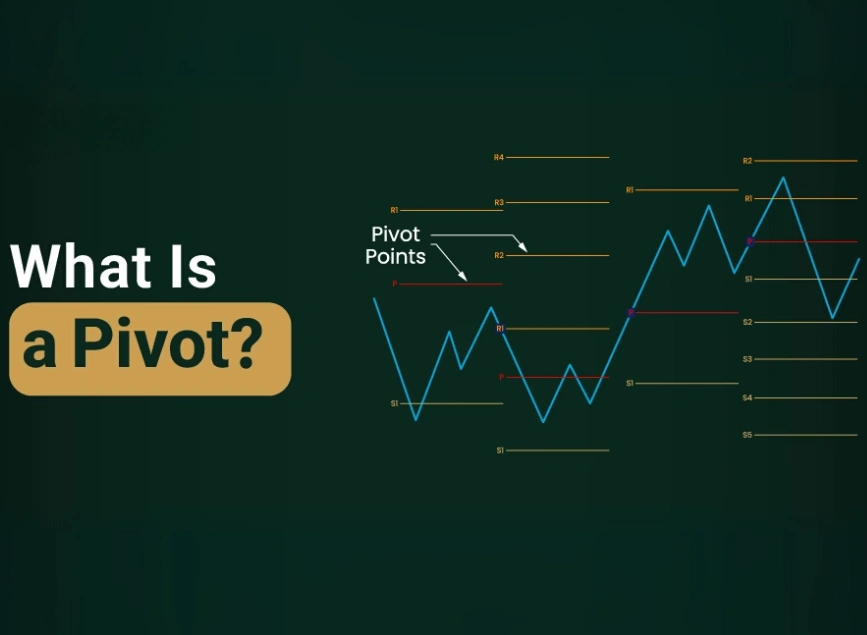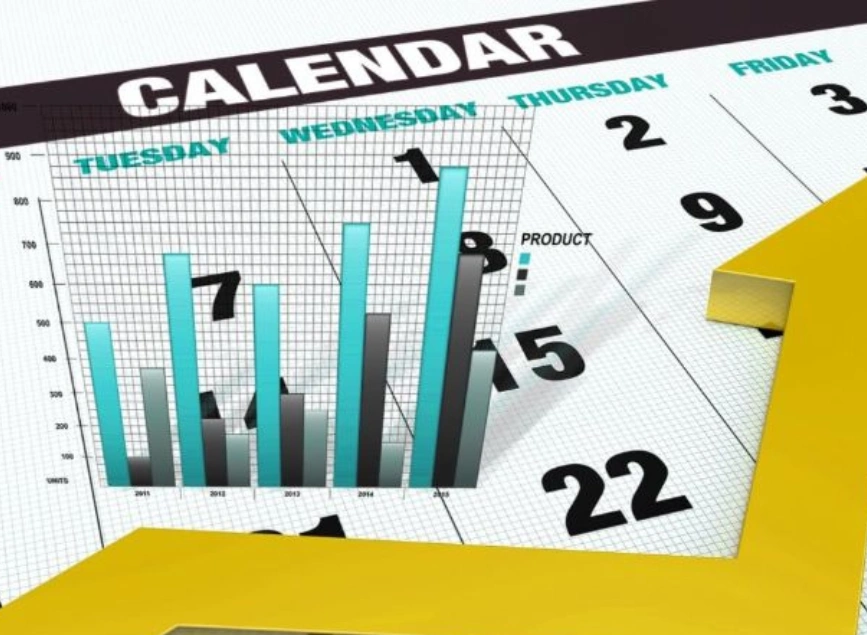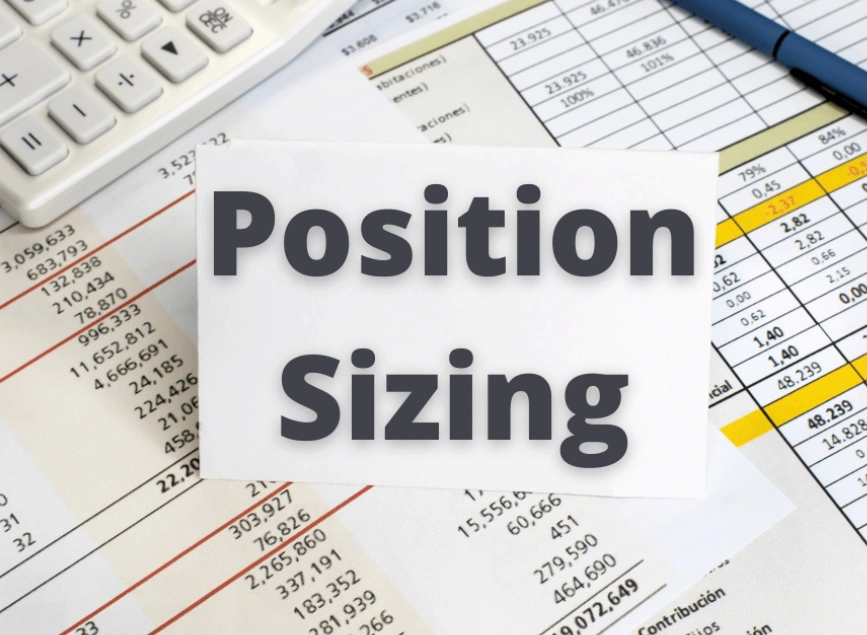
How These 3 Key Indicators Improve Your Trading Accuracy
Estimated reading time: 3 minutes
Table of contents
Want to trade smarter and with more confidence? You need the right tools and not a dozen charts cluttered on your screen. Just three key trading indicators can give you clarity, timing, and better decisions.
These indicators help filter noise and focus your entries and exits. In this guide, we’ll break down what each one is, why it matters, and how you can use it, even if you’re new to trading.
1. Moving Averages – Trending with Clarity
A moving average (MA) smooths out price action and reveals the underlying trend.
- Simple MA (SMA): average of closing prices over a set period.
- Exponential MA (EMA): gives more weight to recent data.
✅ Use cases:
- Confirm trends (price above MA = bullish).
- Identify crossover signals (e.g., fast EMA crosses above slow EMA = buy).
- Spot support/resistance zones.
🧠 Combining moving average with other indicators can help you filter false signals in volatile periods.
2. Relative Strength Index (RSI) – Knowing When to Pause
The RSI measures how over‑bought or over‑sold an asset is, typically using a scale of 0–100.
- Above 70 = overbought (possible pullback soon)
- Below 30 = oversold (possible bounce ahead)
✅ Why it matters:
- Helps detect trend reversals.
- Supports trend entries when used with moving averages—for example, buy only when trend is up and RSI dips into oversold.
- Identifies divergence (price makes new high, RSI doesn’t).
Read More: The MACD Indicator: A Key Tool for Technical Analysis
3. MACD – Momentum Meets Trend
MACD (Moving Average Convergence Divergence) is a momentum indicator built from two EMAs and a signal line.
- When the MACD line crosses above the signal line, it suggests growing upward momentum.
- When crossing below, it shows weakening momentum or bearish momentum.
✅ Best for:
- Spotting changes in momentum before they show up in price.
- Confirming strength or weakness in trending markets.
- Capturing early signals of trend continuation or reversal.
How These 3 Indicators Work Together
| Indicator | Purpose | Best Use Case |
|---|---|---|
| Moving Average | Identifies trend direction | Trend-following entries, dynamic support/resistance |
| RSI | Measures overbought/oversold | Entry/exits, divergence detection |
| MACD | Momentum + trend confirmation | Signal timing, momentum shift verification |
💡 Why These Are Your Core Trading Tools
- Clear trend direction with moving averages
- Momentum and reversal clues from MACD
- Buy/sell level cues using RSI
- Works across all timeframes, day trading to monthly charts
- Easy to learn, widely supported, and backed by solid trading behavior
✅ Summary
Mastering key trading indicators like moving averages, RSI, and MACD helps you cut through noise and trade with more confidence. Used together, they give a holistic view of trend, momentum, and timing.
👉 Your next step: open a chart of your favorite instrument, apply these indicators, and test them on a recent trade. Share your experience in the comments, how did they clarify your decisions?
❓ FAQ
1. Can I trade using only indicators?
Indicators guide decisions, but successful trading also includes risk management, psychology, and market awareness.
2. Should I use all three indicators at once?
Yes—used in combination they balance each other: trend, momentum, and entry timing.
3. Do these indicators work in all markets?
Yes—stocks, Forex, futures, crypto—they’re widely applicable across liquid markets.
4. Are these indicators backward‑looking?
Yes—they use past price data. Always combine them with price action and context.
Share
Hot topics

Will 2026 Be a Turning Point for Crypto Regulation in the U.S.?
The cryptocurrency world is gearing up for a transformative year as a pro-crypto administration, led by Donald Trump, prepares to take charge in the United States. With a Congress expected...
Read more




Submit comment
Your email address will not be published. Required fields are marked *